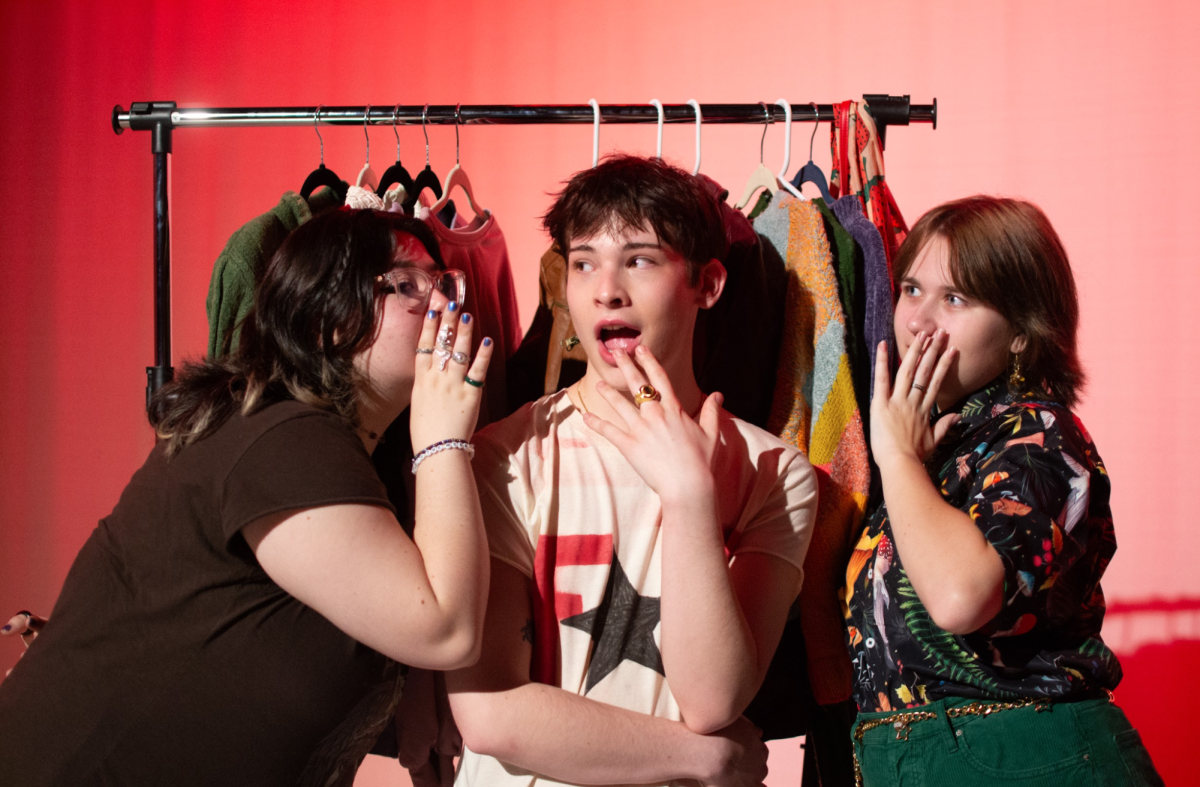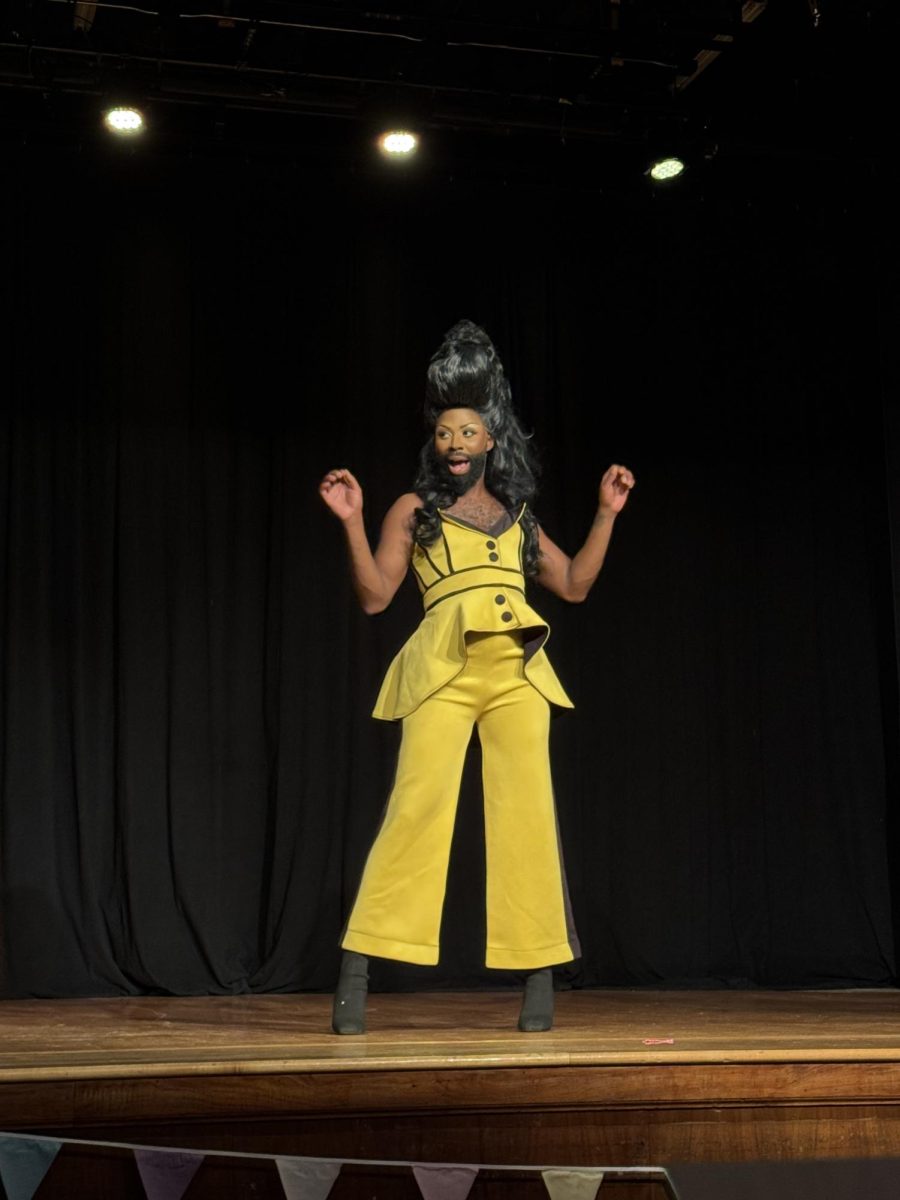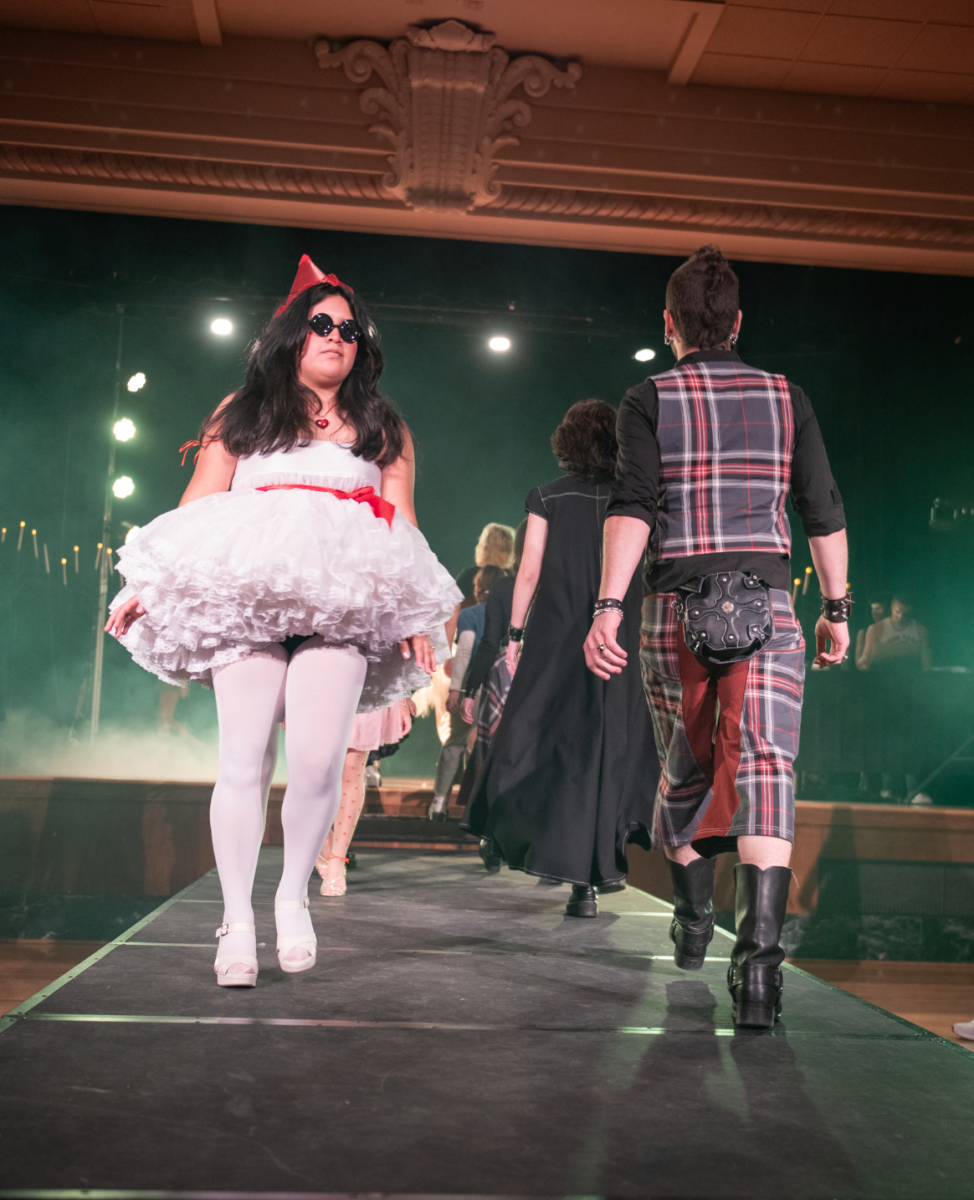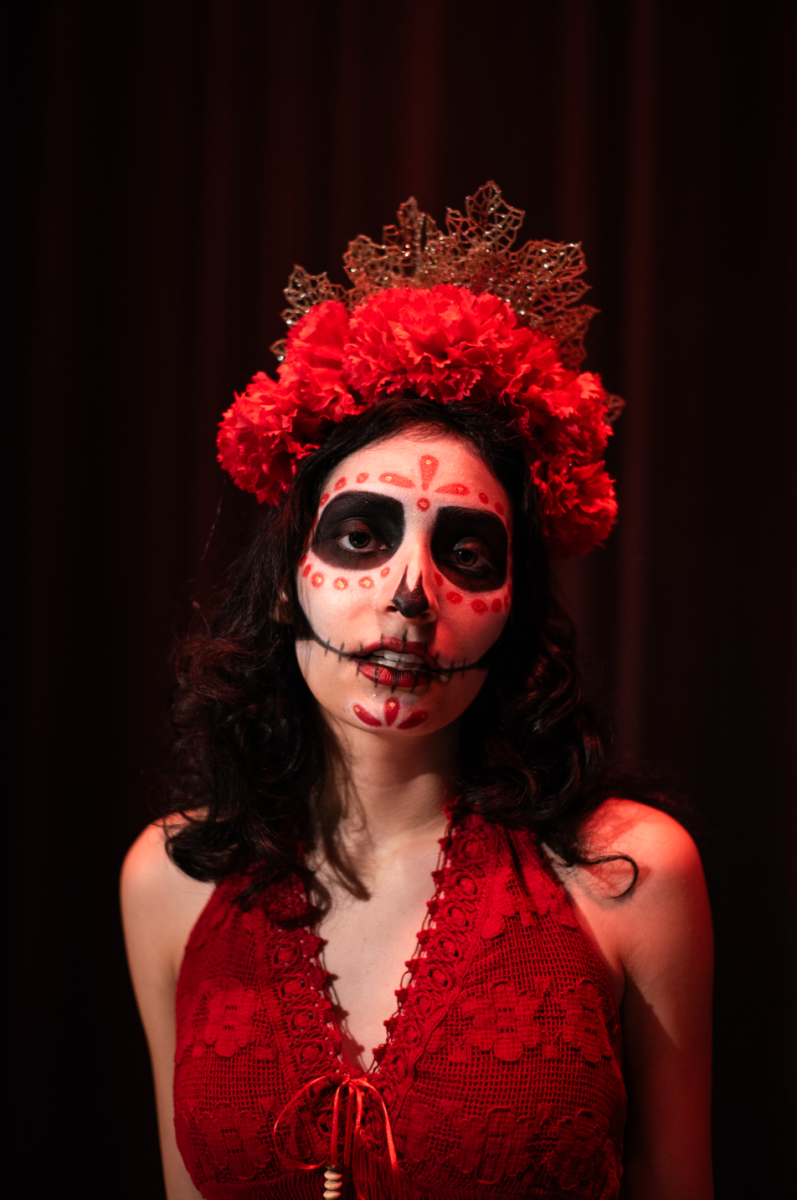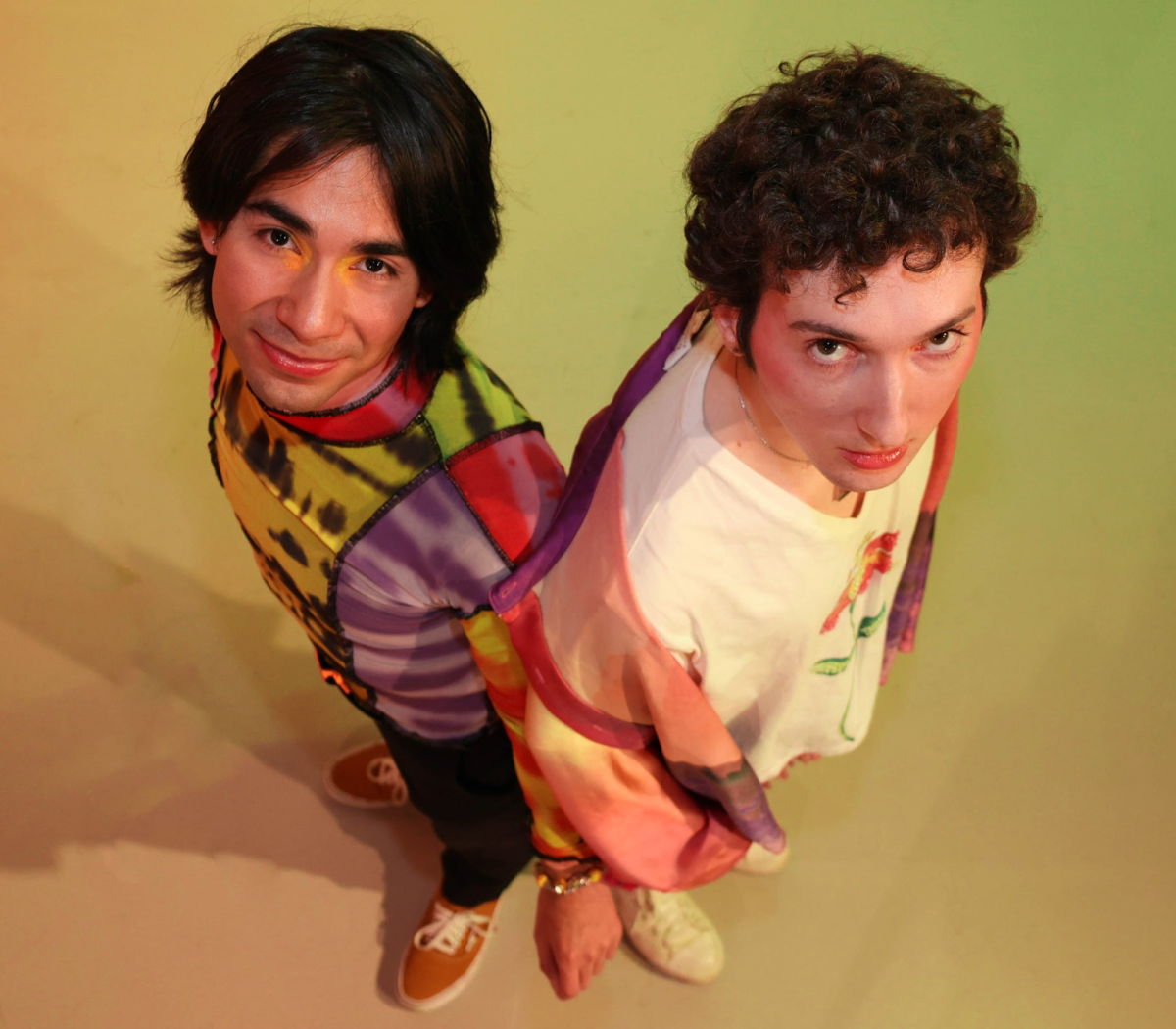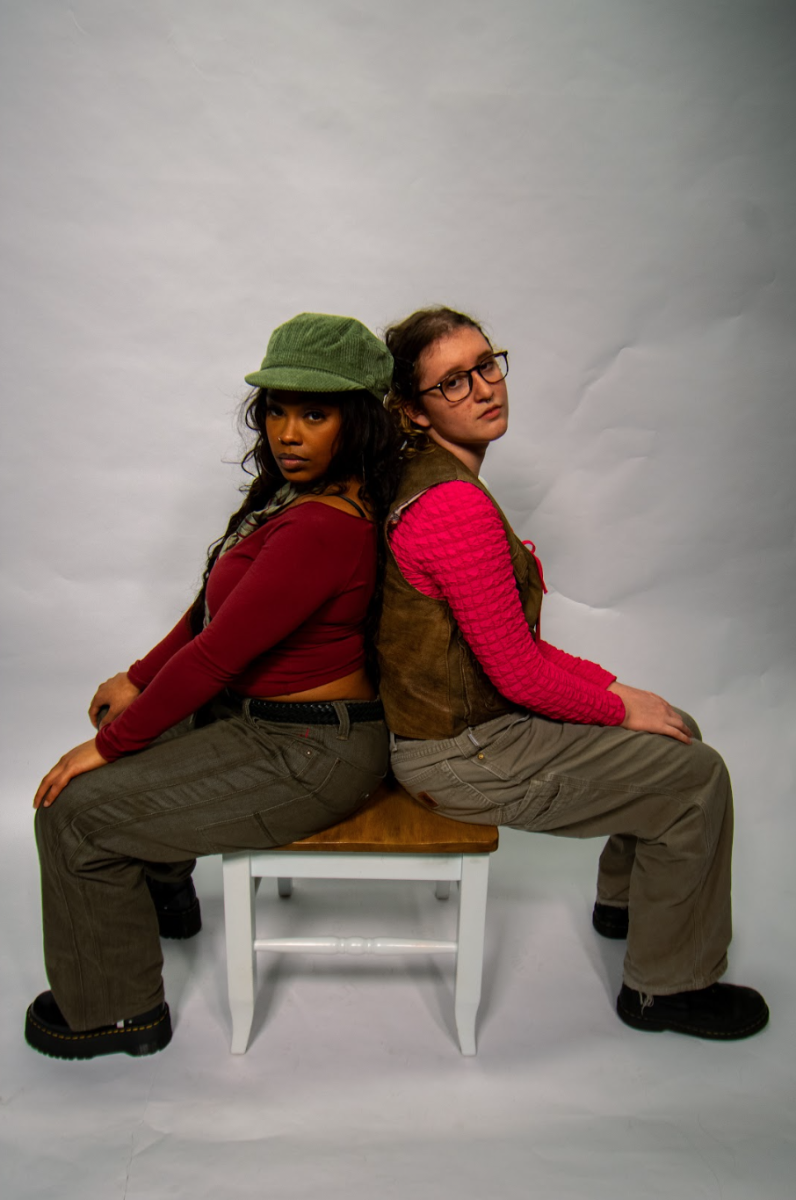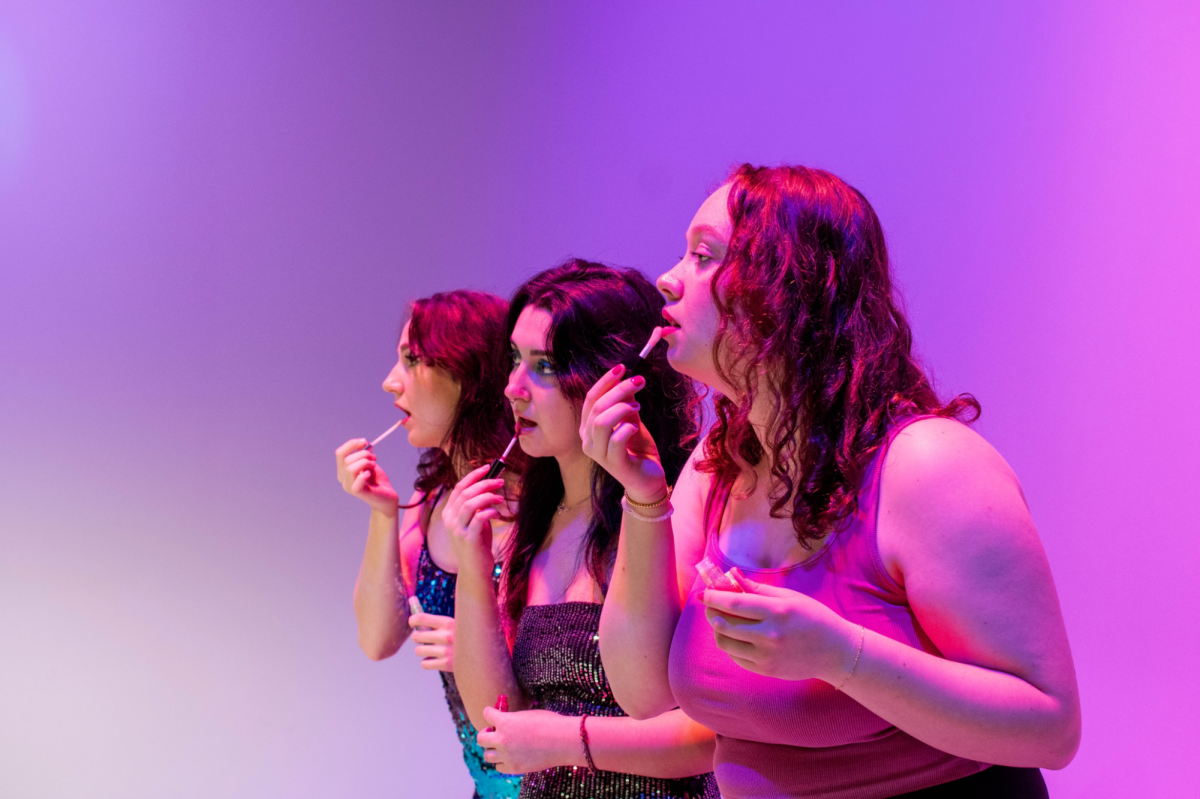**This story contains language that may be upsetting to some readers**
When Payton King was in Catholic school, he was required to wear a uniform every day, leaving no space for expression of his personal style. It wasn’t until his senior year of high school, after coming out and transferring schools, that everything changed. “It was a breaking point and I felt like I didn’t have to hide anymore,” King said.
Now, as an adult, King enjoys the freedom of choosing his own clothes. He has also expanded into jewelry, and makeup, two things that he remarks being especially off the table, but can pull a whole outfit together. While he has always had an appreciation for fashion, King has finally found the means to express himself.
King isn’t alone. Compulsory Heterosexuality, a term popularized by Adrienne Rich in her well-known essay, “Compulsory Heterosexuality and Lesbian Existence,” is the societal expectation and norms that present heterosexuality as the only valid sexual orientation.

This pressure affects many people, particularly those who identify as queer, to conform to heteronormative standards in order to avoid judgment. Maintaining a closeted identity can make it difficult for individuals to connect to their personal style while also trying to be “mainstream.”
A study by the National Library of Medicine states that it’s beneficial for queer people to be true to their identity and sense of style. Members of their study “spoke about being visible as LGBTQ as a way to express a sense of pride in their identities and not conform to stereotypical gender roles.” The study goes on to say that members of the study most commonly reported that hiding their identity made them feel isolated from society, creating anxiety and insecurity.
Fashion is a huge part of a person’s self-representation and after leaving the closet, many members of the LGBTQ+ community are left wondering what this transition means for their self-expression.
In a survey on DAMchic’s Instagram, an Oregon State University student, who chose to not disclose their name, emphasized their shift to a more expansive wardrobe by changing their color palette.
“This might sound gay but, honestly, (the) colors (I wear has changed). I only wore dark colors when I was growing up and ever since coming out my colors became increasingly more vibrant and diverse,” the student said. “Now I’m not really scared to go to the women’s section or go online to a more gay-friendly clothing site. I became more aware, I guess, about my looks and wanted to look good for myself and others. My closet has been pretty much renovated ever since I came out.”
For first-year psychology student at OSU, Bella Scherneck, coming out allowed her to expand her repertoire when shopping for clothes.
“I’ve settled into my own fashion identity, whereas before I came out I had no idea how I wanted to express myself using clothes because I wasn’t expressing myself on the inside,” Scherneck said. “I stopped playing it safe and started taking risks to figure out what I loved and now I think I am finally settled into it. It took a while, but I got there.”
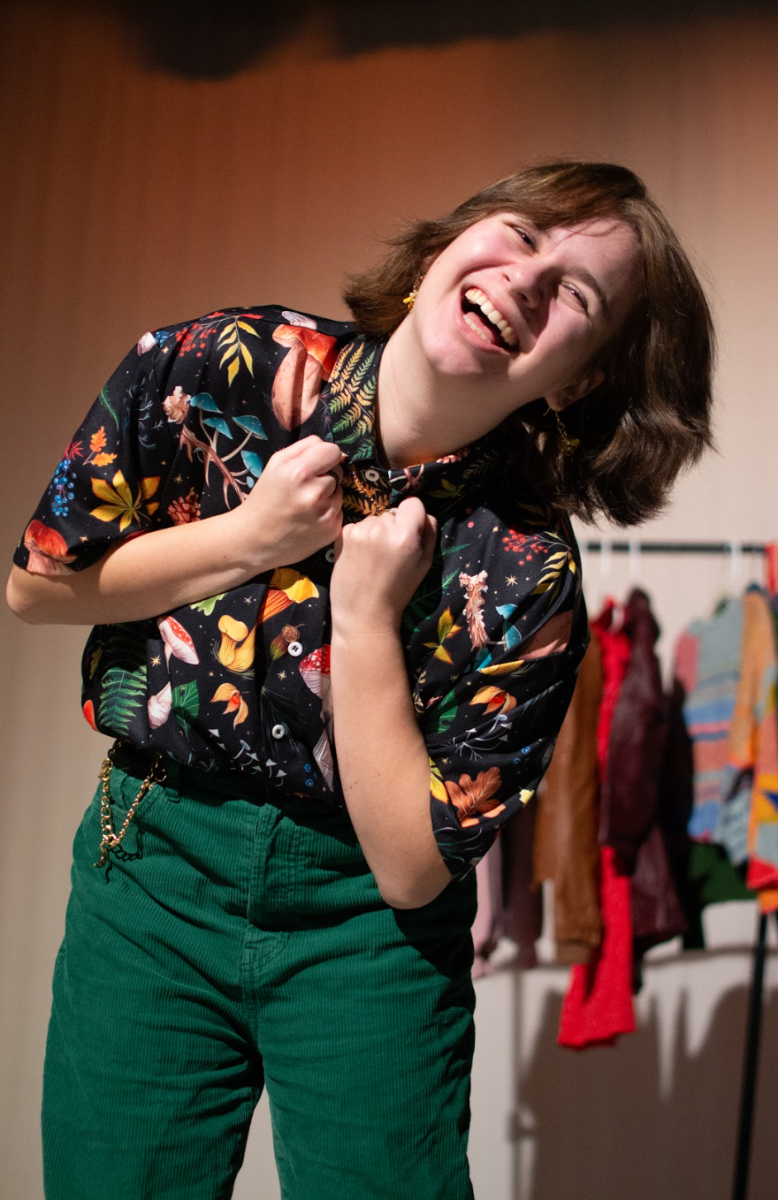
Even just trying to find your taste is difficult when you don’t feel a sense of belonging in clothes-based spaces.
“When I was younger I hated shopping and the notion of fashion since there was nothing I wanted to show off about myself. As I grew older I realized why people dress the way they do, and I wanted to partake in the fun,” said Julia Ostergren, a first-year natural resources student.
Brynne Boehlecke, a second-year creative writing student, said that she previously found the gender binary to be too restricting on potential clothing choices.
“I think a lot of queer people will say that playing with gender conventions in clothing is a common change after coming out and being around other queer people,” Boehlecke said. “I for one found myself branching out into the men’s section, not so much focusing on who the clothing is “for” but rather on how I feel when I wear it.”
As one of the models in this photoshoot, King was asked to wear something he felt represented his current style. King asked if he could wear a shirt with a word that has historically had negative connotations for the queer community. King, who identifies as a gay man, said his history with aggressive language has been difficult to overcome.
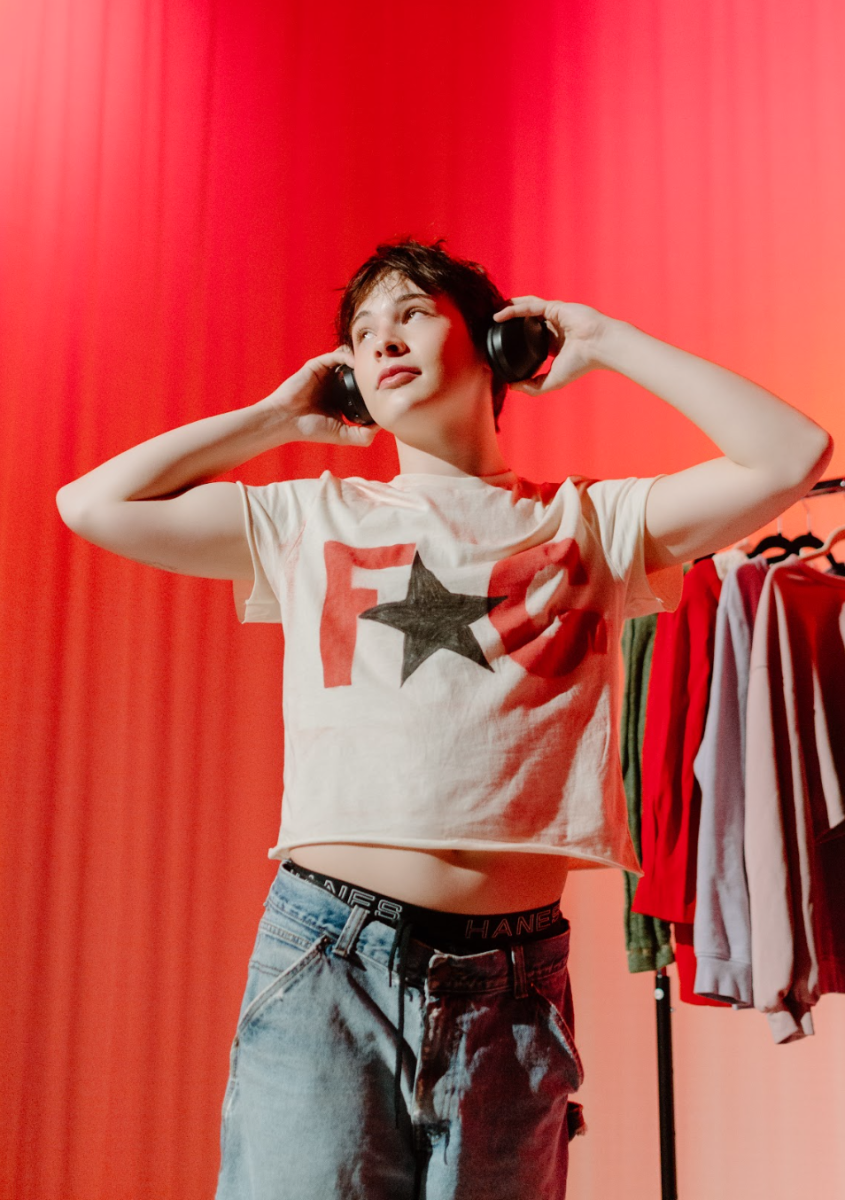
“If I am the first one to say it before anyone else does, they can’t hold power. I call myself a fag and when someone else calls me that, it doesn’t hurt,” King said. “It’s kinda like a compliment because they are right, I am a fag and that is just who I am. The word Fag has a negative connotation, but it doesn’t have to be, it’s just a word.”
At the end of the interview, when asked if there was anything he wanted other young queer people to know, King emphasized the importance of recognizing personal style as a huge part of authenticity.
“It’s hard to be comfortable with yourself,” King said. “If I told myself when I was 16 that I would be out and happy with who I am, I would think that is the biggest lie ever. It was not easy just admitting it to myself. Your sexuality is ONLY YOURS and no one else’s. I just want to say that everyone’s sexuality is different. No two people are the same, from their upbringing to religious beliefs but once you admit it to yourself, it feels like you just entered a new world.”


